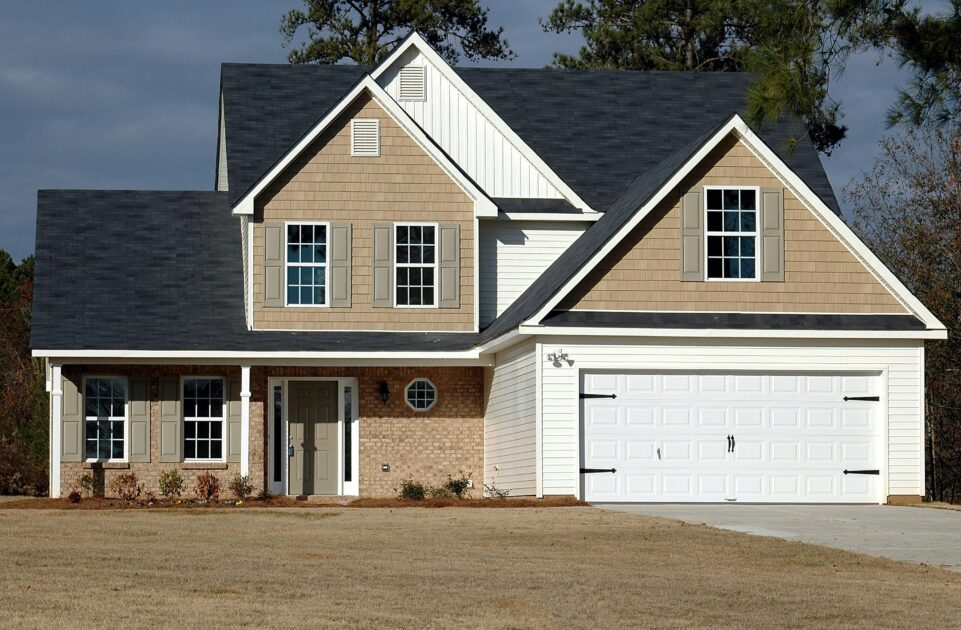Save Energy, Save Money

Whether you’re blasting the air conditioning in summer or dialing up the heat in winter, there are easy, cost-effective ways you can save money by using less energy without sacrificing comfort. Affordable solutions exist for every home type and budget, helping you get the most from the energy you pay for.
Drafty windows and doors and inadequate insulation are among the biggest culprits for energy waste. The draftier your home, the harder your HVAC system has to work and the higher your bills will climb. No one wants to pay to heat or cool the outdoors. Thankfully, there are simple, affordable ways to address this issue.
Start with the low-hanging fruit: weather stripping. Applying rubber weather stripping around doors and windows is a low-cost DIY project that significantly reduces drafts. This means less air escaping your home, less strain on your heater or AC, and lower monthly energy bills. Don’t overlook attic doors, which can be major sources of energy loss.
Windows themselves can also be weak points. Upgrading to double-pane windows, particularly those filled with insulating gas, can cut 20-30 percent off your annual energy costs. Combining double-pane windows with weather stripping boosts your savings and comfort even further.
Proper insulation throughout your home is crucial. Even small gaps in insulation drastically increase energy loss because energy follows the path of least resistance, escaping directly through those uninsulated areas. Regularly checking your insulation is particularly important if you live in a region with significant temperature fluctuations or high moisture levels. Insulation types like cellulose or fiberglass typically last around 15-20 years, while spray foam insulation can last 50 years or more. If you’re unsure when your insulation was installed, it’s wise to inspect it for gaps or wear, as repairing or replacing damaged insulation can lead to immediate energy savings.
Don’t neglect your hot water pipes either, as insulating them helps retain heat and further reduces energy use.
Your choice of appliances also significantly affects energy savings. Natural gas appliances are among the most effective ways homeowners can cut costs. Households using natural gas for heating, cooking, and clothes drying save an average of $1,132 annually compared to all-electric homes.
Natural gas is highly cost-effective – currently about 3.5 times cheaper than electricity and projected to stay significantly more affordable through at least 2050. Natural gas appliances are also exceptionally efficient. They’re fueled with a delivery system that is 92% efficient from source to home, compared to just 38% efficiency for electricity. Higher overall efficiency means using less energy to achieve the same or better performance, benefiting both your wallet and the environment.
AGA’s Building for Efficiency study found that advanced all-gas homes can emit 17% fewer greenhouse gases than typical all-electric homes and have emissions comparable to homes using cold climate heat pumps – all while saving thousands over the equipment’s lifespan.
By sealing leaks, upgrading windows, checking insulation, and choosing efficient natural gas appliances, you can effortlessly save energy, lower your bills, and enhance your home’s comfort year-round. Small changes truly can lead to significant savings.
